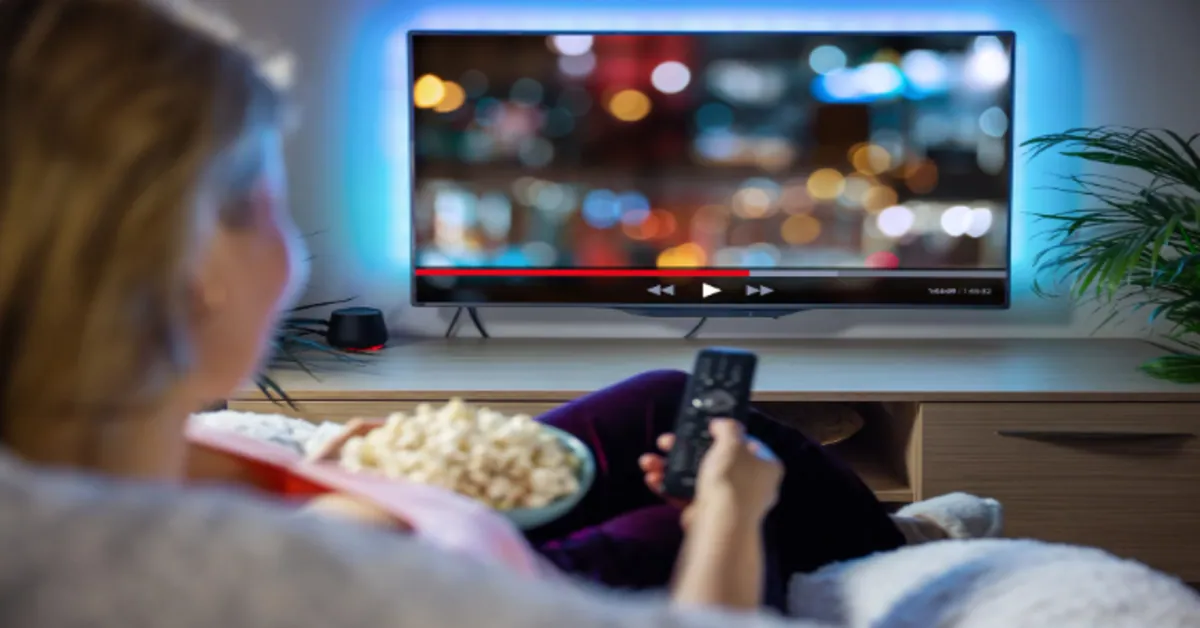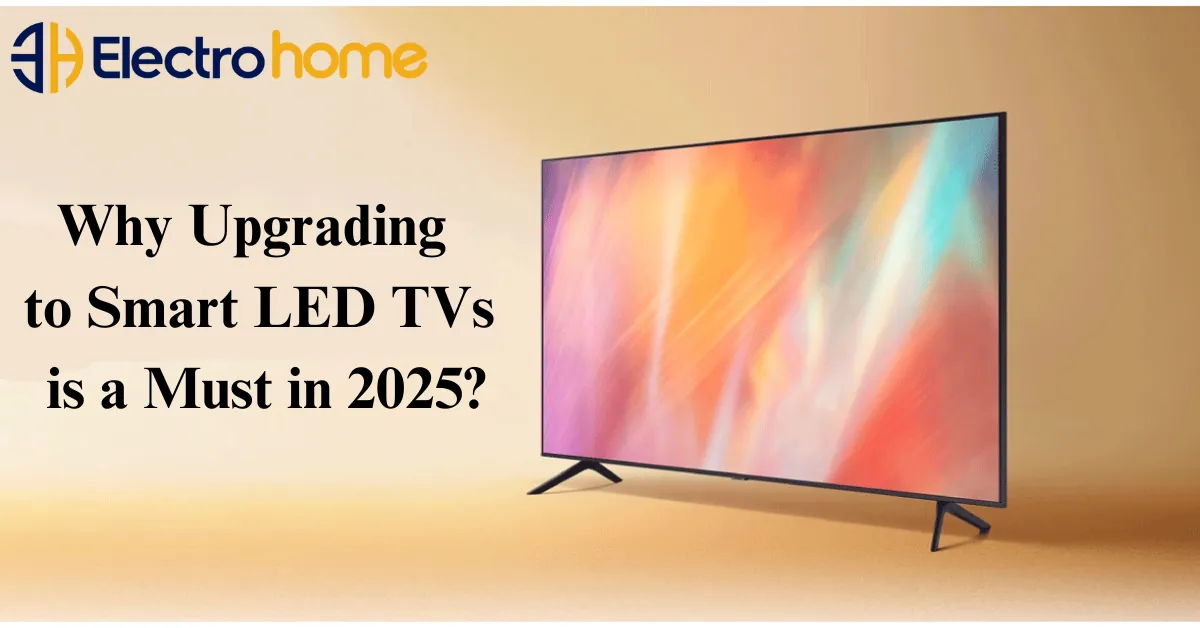Purchasing a smart TV might be overwhelming due to the abundance of options available. These days, smart TVs are full of capabilities that can improve your viewing experience, so it’s not just about the size or shape of the screen. Knowing what features to look for in a smart TV will help you make an informed choice, regardless of whether you’re a movie enthusiast, sports fan, or someone simply searching for a TV for daily usage. These are the most important factors to think about before buying.
Display Technology
One of the most significant factors influencing the quality of the images on your TV is the type of display it employs.
LED vs. OLED vs. QLED:
LED TVs are often less expensive and have excellent brightness.
OLED TVs are perfect for movie buffs because of their superior contrast and deeper blacks. Individual pixel illumination creates a vivid and captivating show.
Quantum dot-powered QLED TVs are often more costly than LED TVs, but they offer a brighter display with more vibrant colours
Resolution
The sharpness and clarity of the images are determined by resolution. The quality of the image improves with increasing resolution.
HD (720p): A low-end resolution that works well with smaller TVs.
Full HD (1080p): Perfect for models in the middle range.
4K Ultra HD (2160p): The most popular choice, offering four times the resolution of Full HD. 4K will offer breathtaking clarity if you watch on Netflix, YouTube, or other streaming services.
8K: While still pricey, 8K TVs have remarkable detail, but there isn’t much content available at this resolution right now.
.Smart TV Platform and User Interface
The user interface and operating system of a smart TV greatly influence how user-friendly it is. Choose a platform that is quick and easy to use.
Android TV: It is customizable and has access to the Google Play Store. Chromecast and Google Assistant are supported.
Samsung’s Tizen: Stylish, easy to use, and packed with applications.
WebOS (LG): Easy-to-use interface that provides instant access to well-known streaming services like YouTube and Netflix.
Voice Control and Streaming applications
Having access to streaming apps is one of a smart TV’s primary functions. Make sure the TV is compatible with popular streaming services like Hulu, Netflix, YouTube, Disney+, and Amazon Prime Video. The majority of smart TVs now have built-in voice assistants, such as Google Assistant or Amazon Alexa, which let you use voice commands to manage other smart home appliances, change settings, and look for shows.
Refresh Rate
The number of frames per second that the TV can display is known as the refresh rate. The action is smoother at higher refresh rates.
60Hz: Standard for most TVs, suitable for everyday watching.
120Hz: Perfect for gaming or fast-paced sports. It provides a far more fluid viewing experience, particularly for games or action sequences.
HDR (High Dynamic Range)
By enhancing the contrast between the darkest blacks and the brightest whites, HDR produces more realistic colors and greater detail. Make sure the smart TV you’re buying supports HDR10 or Dolby Vision, the two most popular HDR standards.
Ports and Connectivity
There should be enough ports on a smart TV to connect all of your gadgets, including USB drives, Blu-ray players, gaming consoles, and sound bars.
HDMI Ports: To connect multiple devices, at least three HDMI ports are advised.
USB Ports: Useful for playing media from external storage devices.
Wi-Fi and Bluetooth Connectivity: Make sure the TV supports Bluetooth to connect wireless speakers or headphones and Wi-Fi for streaming.
Sound Quality
Audio quality is still a crucial component, even if the majority of smart TVs have thin designs that don’t provide much space for strong speakers. Dolby Atmos, which produces immersive sound, is one of the upgraded audio options available on some TVs. But you might also think about getting a sound bar if sound quality is crucial.
Gaming Features
Choose a TV with features tailored to gaming if you’re a player. To guarantee fluid and responsive gameplay, certain smart TVs provide features like Game Mode, low input lag, and VRR (Variable Refresh Rate).
Design and Size
Lastly, think about the TV’s size and general design. Verify that the TV will fit comfortably in your living room or bedroom and that the bezels the narrow boundaries surrounding the screen are sufficiently thin to provide a clean, contemporary appearance. Additionally, the size of the TV screen should correspond with the size of the room; smaller displays can be more suitable for kitchens or bedrooms, while larger screens function better in larger areas.
Conclusion
Your entertainment experience might be substantially improved by selecting the appropriate smart TV. You may pick a TV that meets your needs and budget by concentrating on important elements like display technology, resolution, smart platforms, and networking possibilities. Keep in mind that finding the ideal balance between quality, functionality, and performance is more important than simply acquiring the largest screen.




